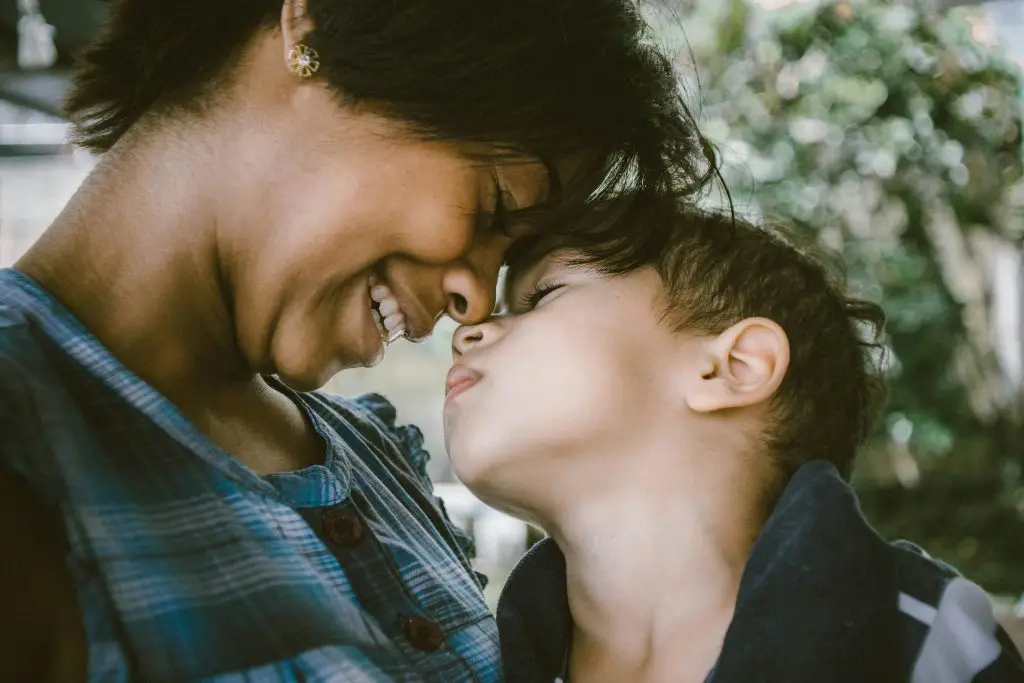Toy Rotation by Montessori Philosophy
A common challenge to many parents is the struggle to keep the toy chaos organized. There are many tips on the Internet and from fellow parents, but we still face the reality of battling through a tsunami of toys to restore order. Let me give you a super tip on what you need to try: Rotation of toys inspired by Montessori.

What is Toy Rotation?
Toy rotation in the Montessori context isn’t merely about tidying up play spaces; it’s a deliberate strategy to enhance learning. Children are presented with new challenges and stimuli by periodically swapping toys, promoting cognitive, emotional, and social development. This process mirrors the dynamic nature of a child’s curiosity and growth.
Toy Rotation in Practice
- Asses your current inventory
- Pass on or sell items that are not needed
- Evaluate the educational value, age appropriateness, and interest level of each toy
- Design a rotation schedule aiming to keep the play environment fresh and engaging
- Organize toy storage in an accessible manner
- Involve children in the process to empower them and promote responsibility and autonomy
- 10-15 items are more than enough at a time
- Celebrate each successful toy rotation with your child
Benefits of Toy Rotation
Promotes focus and attention span
Sharpening their concentration skills
Stimulate creativity and imagination
Problem-solving skills and resilience
Support communication, cooperation, and empathy
Tidy room 🙂
Challenges and successes
Resistance to change: Children may resist the idea of parting with familiar toys or adjusting to new ones, leading to initial reluctance or frustration.
Involve your child in the rotation process, let them pick the toys!
Space Constraints: Limited space in the home may pose challenges in storing and rotating toys, especially when dealing with a large toy collection or small living areas.
Use small boxes and containers. Get rid of the toys which are not used anymore.
Time and Effort: Implementing a toy rotation system demands time and effort from parents or caregivers to regularly assess, rotate, and maintain the toy collection.
Dedicate a specific time each week. It will gradually become easier.
Balancing Variety and Favorites: Finding the right balance between introducing new toys for variety and keeping beloved favorites accessible can be challenging.
Asses the toys based on age appropriateness and educational level. Involve your child!
By utilizing the Montessori philosophy of toy rotation, parents and educators can create dynamic learning environments that stimulate creativity, promote problem-solving skills, and nurture social-emotional development. Let’s give it a try and you won’t regret it! 😉
FAQ
Q: How often should I rotate my child’s toys?
A: The frequency of toy rotation can vary depending on factors such as your child’s age, the size of your toy collection, and their interests. Some families rotate toys weekly, while others may do so every few weeks. The key is to maintain a balance between keeping the play environment fresh and overwhelming your child with too many changes at once.
Q: Will my child get bored if I rotate their toys?
A: While it’s natural for children to initially resist change, rotating toys can actually prevent boredom by introducing new challenges and stimuli. By offering a variety of toys that cater to different interests and developmental stages, you can keep your child engaged and stimulated in their play.
Q: How do I decide which toys to rotate?
A: When selecting toys for rotation, consider factors such as educational value, age appropriateness, and your child’s current interests. Rotate toys that haven’t been played with recently or those that align with your child’s emerging interests and developmental goals. Additionally, involve your child in the selection process to empower them and foster a sense of ownership over their play environment.


